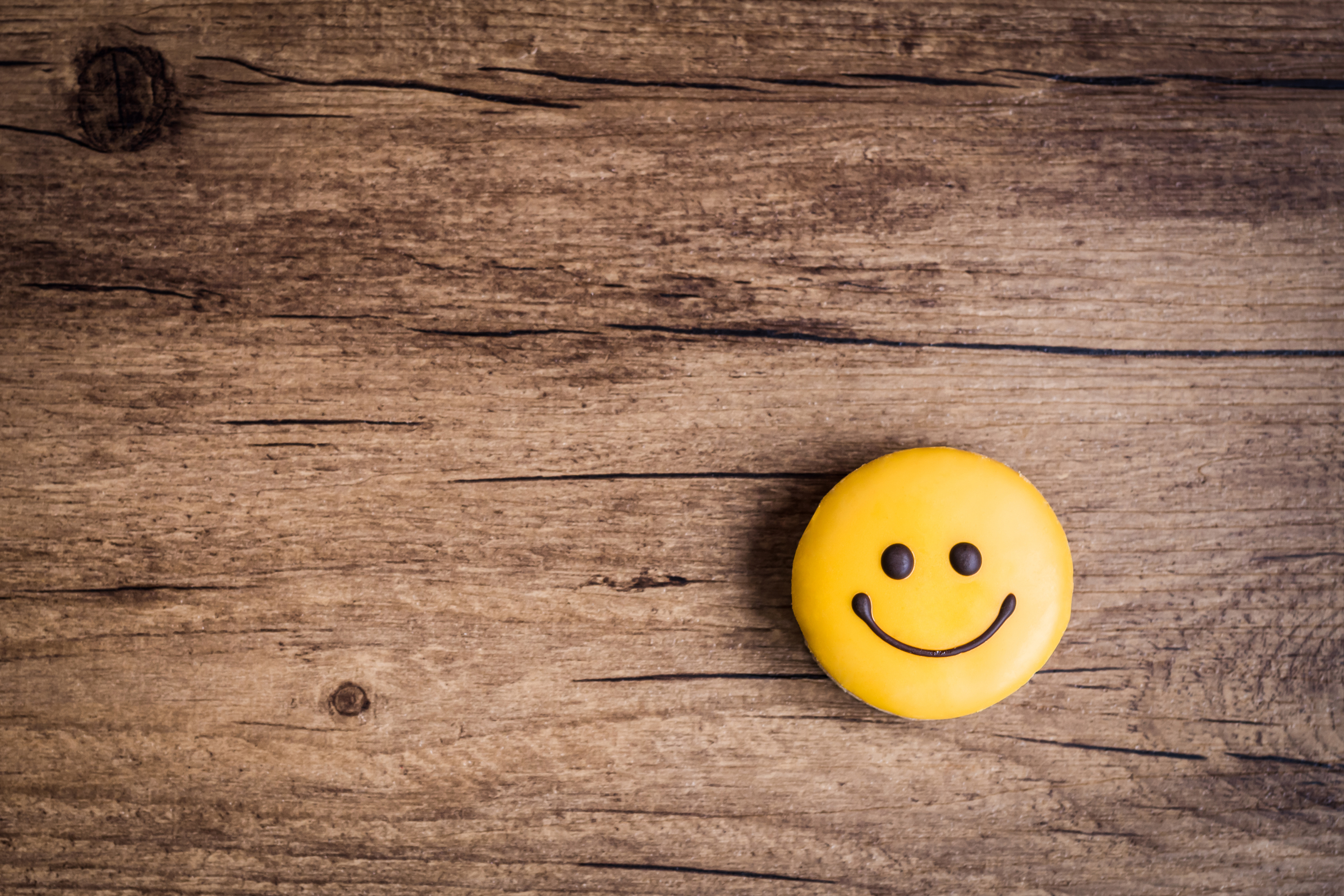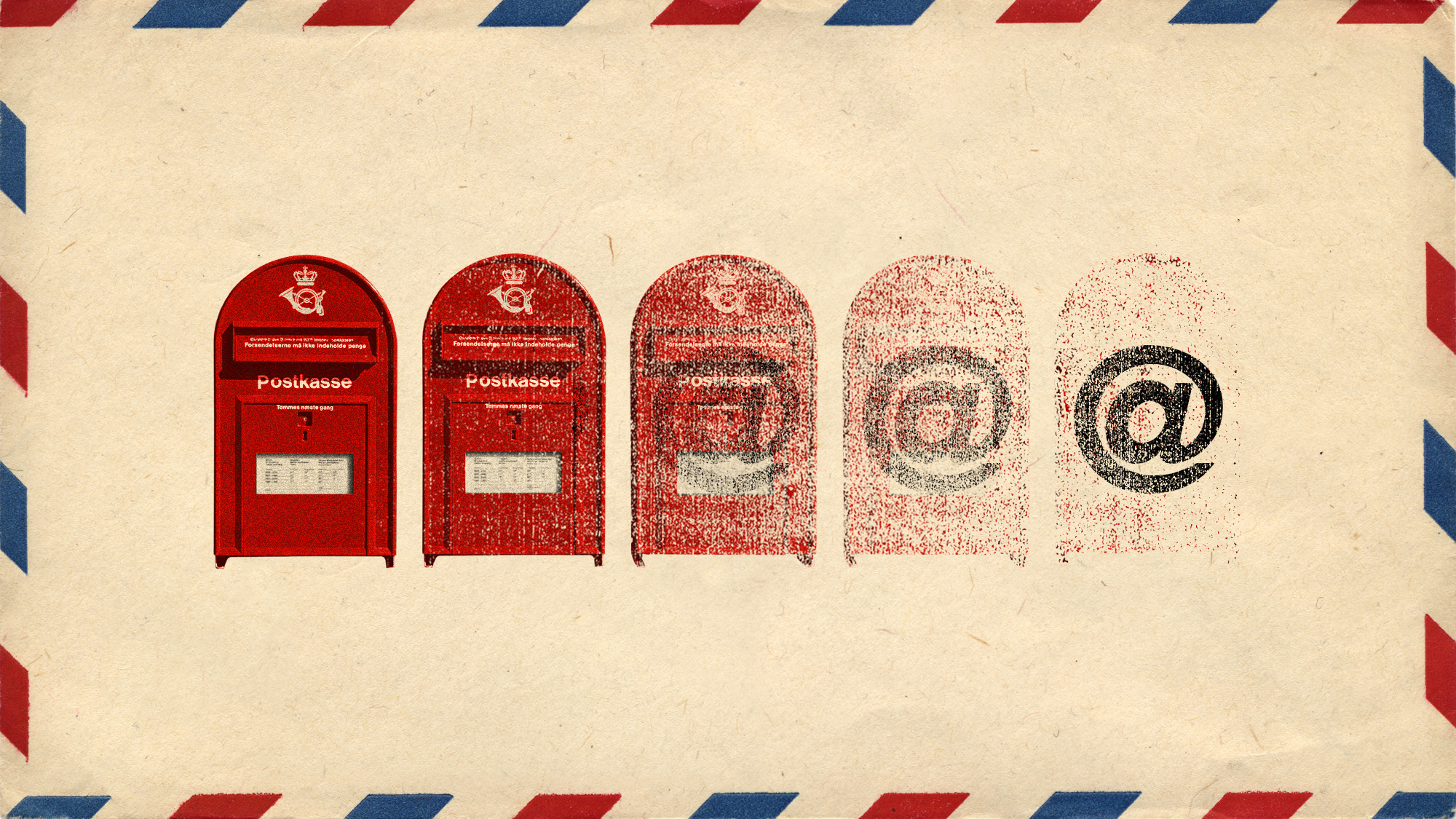How to be happier
The most popular course at Yale University teaches students how to be happy. I took it — and made you a cheat sheet.

Professor Laurie Santos didn't set out to create the most popular course in the history of Yale University and the most talked-about college course in America. She just wanted her students to be happy. And they certainly look happy as they file into a church — a literal church, Battell Chapel, that's been converted to a lecture hall — on the Yale campus on a sunny April afternoon, lugging backpacks and chatting before taking their seats in the pews. They've just returned from a two-week spring break. The weather outside is gorgeous. Professor Santos is playing her pre-class get-pumped playlist, featuring the Black Eyed Peas' "I Gotta Feeling." And, let's not forget, all of these students are currently going to Yale. What's not to be happy about?
Quite a bit, it turns out. The very fact that Santos' new course, Psych 157: Psychology and the Good Life, is so wildly popular, with over 1,200 enrolled students, suggests that she's onto something when she tells me one day, pre-lecture, "College students are much more overwhelmed, much more stressed, much more anxious, and much more depressed than they've ever been. I think we really have a crisis writ large at colleges in how students are doing in terms of self-care and mental health." Then she adds, "Sadly, I don't think it's just in colleges."
Santos is right. College students aren't happy. According to a recent survey by the American College Health Association, 52 percent of students reported feeling hopeless, while 39 percent suffered from such severe depression that they had found it difficult to function at some point during the previous year.
The Week
Escape your echo chamber. Get the facts behind the news, plus analysis from multiple perspectives.

Sign up for The Week's Free Newsletters
From our morning news briefing to a weekly Good News Newsletter, get the best of The Week delivered directly to your inbox.
From our morning news briefing to a weekly Good News Newsletter, get the best of The Week delivered directly to your inbox.
In the face of this epidemic of unhappiness, Santos decided to design a course in "positive psychology" — i.e., the field of study that focuses on well-being, as opposed to psychological dysfunction. "The thing that makes this course different is that we also focus on what I call 'behavior change' — the science of how you move your behavior around," she says. "How do you actually change your habits and use your situation to your advantage?"
In her very first lecture, Santos emphasizes to her class that she wants to teach them not just the science of happiness but the practice of happiness. And happiness, it turns out, does take practice. But first you have to learn what exactly happiness is.
Of course, you don't have four months (or a Yale student ID) to take the entire course. So we've condensed some of the highlights. Class, please open your books to lesson No. 1.
My finger is hovering over my laptop's mouse, but I'm afraid to click. I'm about to take a survey offered by the University of Pennsylvania titled the "Authentic Happiness Inventory." You can take this quiz, too — it's available for free online. It's also a prerequisite for taking Santos' course. Students take the test at the beginning to establish a baseline for their happiness, then check in at the end to see how they've progressed. In part, this is to demonstrate that if you're unhappy, you're not alone.
A free daily email with the biggest news stories of the day – and the best features from TheWeek.com
The reason I'm hesitating to take this happiness quiz is, to be honest, I'm a little scared to pop that illusion for myself. How happy am I, anyway? The truth is, I'm not sure.
Luckily, after taking the quiz, we have Professor Santos' course to look forward to — 21 lectures of up-to-date findings and proven methods to increase your well-being. You can take a version of her course online for free (it's available at Coursera). But be prepared: Before we get happiness right, we have to understand why we typically get it so wrong.
Try this: Make a short list of things that you think would make you happier. They can be big things (a raise, moving to a new city, a new partner) or small (whatever looks good right now in the vending machine).
Okay — have you finished your list? Let's have a look. I have my red pen ready. Wrong. Wrong. Wrong. Wrong. Wrong.
Nearly everything you think will make you happier won't, because nearly everything you're likely to list — assuming, of course, that your basic life needs are taken care of — is some circumstantial change: more money, a different home or job, a long vacation, or even that enticing snack that lies just beyond the vending-machine glass. Your mind is constantly telling you that if you just got those things, you'd finally, truly, unequivocally be happy. But your mind is wrong, and science is right. Why? We find that out in lecture No. 2.
In her second lecture, Santos looks at the work of Sonja Lyubomirsky, a psychologist at the University of California, Riverside. Lyubomirsky is well known for her thought experiment about what affects our happiness, which she expresses in a pie chart: She proposes that roughly 50 percent of happiness is determined by genes (i.e., totally out of your control), roughly 10 percent is determined by circumstance (i.e., somewhat out of your control), and the final 40 percent is determined by your thoughts, actions, and attitudes (i.e., entirely within your control).
The takeaway is simply this: We are inclined to assume that circumstances play the biggest role in our happiness, when research suggests they play the smallest role. (Lyubomirsky is quick to point out that this is only true if your most basic needs are met. If you're a Syrian refugee, or stuck in an abusive relationship, then your circumstances obviously play an outsize role in your well-being.) What's more, we grossly underestimate the extent to which changing our behaviors, rather than our circumstances, can significantly increase our well-being. "What we believe would make a huge difference in our lives actually, according to scientific research, makes only a small difference, while we overlook the true sources of personal happiness and well-being," Lyubomirsky writes.
So what are the true sources of personal happiness? The best way psychologists have found to determine what makes people happy is to reverse-engineer happiness by studying the habits of people who already identify as happy. There are certain habits that have been shown to be consistent among happy people. Happy people devote time to family and friends. They practice gratitude. They practice optimism. They are physically active. They "savor life's pleasures and try to live in the present moment," as Lyubomirsky puts it.
I know — you're all for gratitude journals and mindfulness and savoring the moment, but secretly you want to skip ahead to the part of the course where we talk about the question you're no doubt asking right now: What about money? "Money can't buy happiness" is an aphorism you learn around the same time you're old enough to read your first fortune cookie, but ... money can buy happiness, right? Otherwise, why are we so obsessed with it?
To understand why we overvalue the role of money in happiness, let's skip ahead to a "special event" scheduled on the syllabus for right after the midterm.
Pop quiz: If you suddenly found you had an extra $100, what would you do with it? Now: What would you do if you suddenly found you had an extra hour?
With the money, chances are you'd be inclined to use it on a treat — to buy something you did not budget for otherwise, rather than paying off an existing debt. With time, it's the opposite: There's a good chance you'd use that hour to catch up on work, rather than go for a walk or visit a museum you'd otherwise not have time to do.
As a time-starved New Yorker, I found this reversal particularly intriguing. Sixty percent of working parents report feeling "always" rushed, and 80 percent of working adults, with or without children, would like to have more time to spend with loved ones. In psychology, this sense of not having enough time is known as "time famine." The sense of having plenty of time is called "time affluence."
Affluence is a fitting analogy, as time and money are both commodities. We see them as literally equivalent: "Time is money." We think of both as scarce and therefore valuable: We "spend" and "waste" and "save" them both. Yet it turns out we do a terrible job of valuing time and money correctly — in part because we don't understand the kind of commodities they really are.
Here, Santos draws on the work of Ashley Whillans, an assistant professor at Harvard Business School, and Elizabeth Dunn, a professor at the University of British Columbia, who have studied how we value time versus money and how our attitudes affect our well-being. First, we have to understand a crucial difference between them: As a personal commodity, money is extremely elastic, in that you can theoretically accumulate an infinite amount of it, and your income fluctuates at different points in your life. Time, by contrast, is intrinsically inelastic: You cannot accumulate more of it, and you've never had any less of it. You get the same amount of minutes and hours in every day of your life.
By that reasoning, an hour should be much more valuable than a dollar — yet we consistently behave as if the opposite were true. For example: Would you accept a new job with a 20 percent higher salary if it meant a 25 percent longer workweek or a 50 percent longer commute? If so, you are valuing your monetary affluence over your time affluence. You are what Whillans and Dunn would call a "Morgan" — in their studies, they use the figures of "Taylor" (who values time) and "Morgan" (who values money) and ask respondents to identify with one or the other. Interestingly, people are reliably split evenly on whom they identify with. Yet the Taylors of the world report a much higher level of overall happiness in other areas of life.
In another study, Whillans and Dunn engineered an experiment in which participants were offered $40 and required to spend it on a time-saving purchase of their own devising. Some ordered takeout; some used the money on a house cleaner; some employed a neighborhood kid to finish up that lingering yard work. Later, the same participants were offered another $40, this time with the instruction that they had to spend it on a material good, like a book or an item of clothing. The test subjects were reliably happier when they spent the money to buy time — and they reported that their happiness was directly associated with that alleviation of time pressure.
As for Santos, she came up with a straightforward way of communicating the concept of time affluence to her students. After the midterm, when they arrived on the day of the "special event," Santos and her teaching assistants handed out flyers at the door of the lecture hall that read "Class is canceled. Go practice time affluence. You have one free hour." The only proviso was that they were not allowed to fill that hour with work. They had to do something unexpected: Read for pleasure. Take a hike. Meet a friend for coffee. One student was so grateful for this one-hour reprieve in her overpacked schedule that, at news of this gift, she started to cry.
As I worked my way through question after intimidating question of my own Authentic Happiness Inventory, I realized that the survey itself had pulled off a sneaky trick: Like the course, the survey got me thinking about happiness in a new way. So when it asked me to choose on a spectrum from "I have sorrow in my life" to "My life is filled with joy," I had to admit that, despite some recent sorrowful events, including a death in the family, my life feels suffused with joy. When facing the survey's final question — a choice ranging from "My life is a bad one" to "My life is a wonderful one" — the very act of having taken the time to reflect on what I have to be grateful for, how happy I am, and what happiness really means left me thinking that, yeah, my life is a good one, all in all.
In the end, I scored a 3.79 out of 5. That puts me in the 80th percentile of happiness for people of my gender, age, and ZIP code. There's room for improvement, and, thanks to this course and the research it draws on, I have lots of ideas of how to go about it. (This afternoon, for example, I'm going to cancel an appointment and do something pointless for an hour.) The first lesson of Psychology and the Good Life is that happiness is something worth working at. The final lesson is that the class never truly ends. But for now, as scores go, I'm pretty happy with it.
Excerpted from an article that originally appeared in New York magazine. Reprinted with permission.
-
 Denmark scraps letters and its iconic red postboxes
Denmark scraps letters and its iconic red postboxesUnder the Radar Danish posties say ‘farvel’ to 400 years of tradition but can Royal Mail weather the storm?
-
 What role will Trump play in the battle over Warner Bros. Discovery?
What role will Trump play in the battle over Warner Bros. Discovery?Today’s Big Question Netflix and Paramount fight for the president’s approval
-
 ‘The menu’s other highlights smack of the surreal’
‘The menu’s other highlights smack of the surreal’Instant Opinion Opinion, comment and editorials of the day